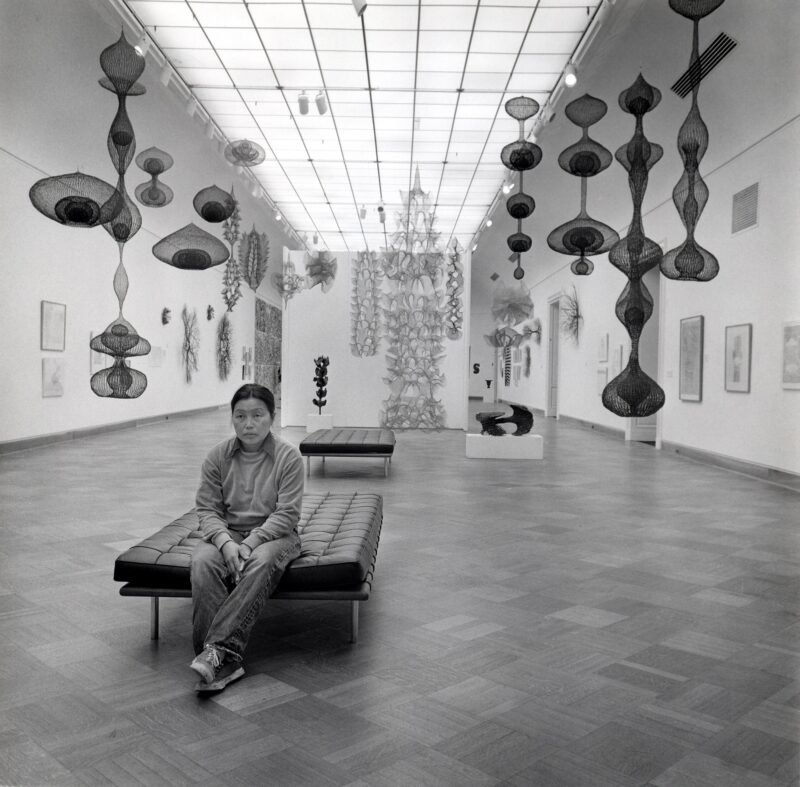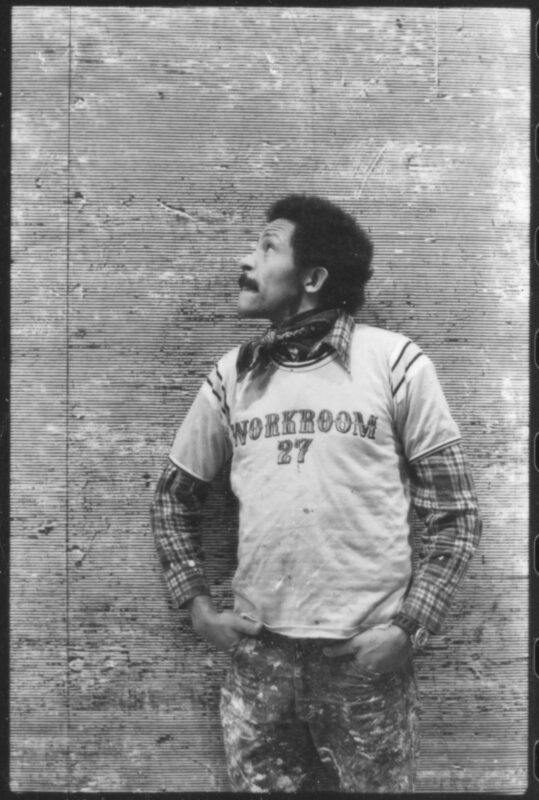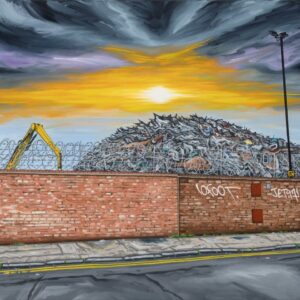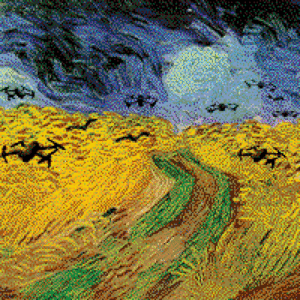The Museum of Modern Art (MoMA) announces Jack Whitten: The Messenger, the first comprehensive retrospective dedicated to the groundbreaking art of Jack Whitten (American, 1939–2018).
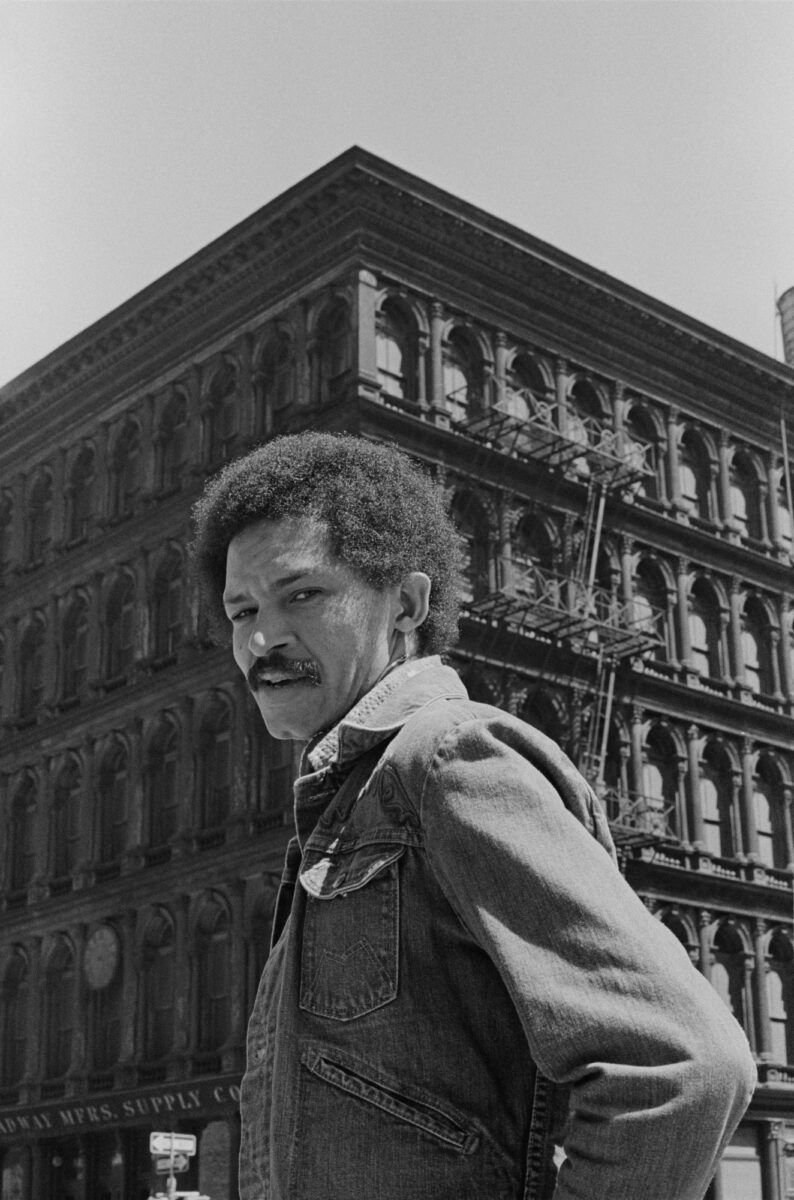
Presented solely at MoMA, the exhibition will explore the full range of Whitten’s innovative art over his nearly sixdecade career, showing more than 175 works from the 1960s to the 2010s, including paintings, sculptures, rarely shown works on paper, and archival materials. Together, these works will reveal how Whitten overturned the tenets of modern art-making to become one of the most important artists of our time. Beginning his career during the Civil Rights movement of the 1960s, Whitten was under great pressure to create directly representational art as a form of activism, yet he dared to invent new forms of abstraction and, in the process, transformed the relationship between art, memory, and society.
Jack Whitten: The Messenger is organized by Michelle Kuo, Chief Curator at Large and Publisher, with Helena Klevorn, Curatorial Assistant to the Chief Curator at Large and Publisher, Dana Liljegren and Eana Kim, Curatorial Assistants, Department of Painting and Sculpture, David Sledge, Mellon-Marron Research Consortium Fellow, Department of Painting and Sculpture, and Kiko Aebi, former Curatorial Associate, Department of Painting and Sculpture.
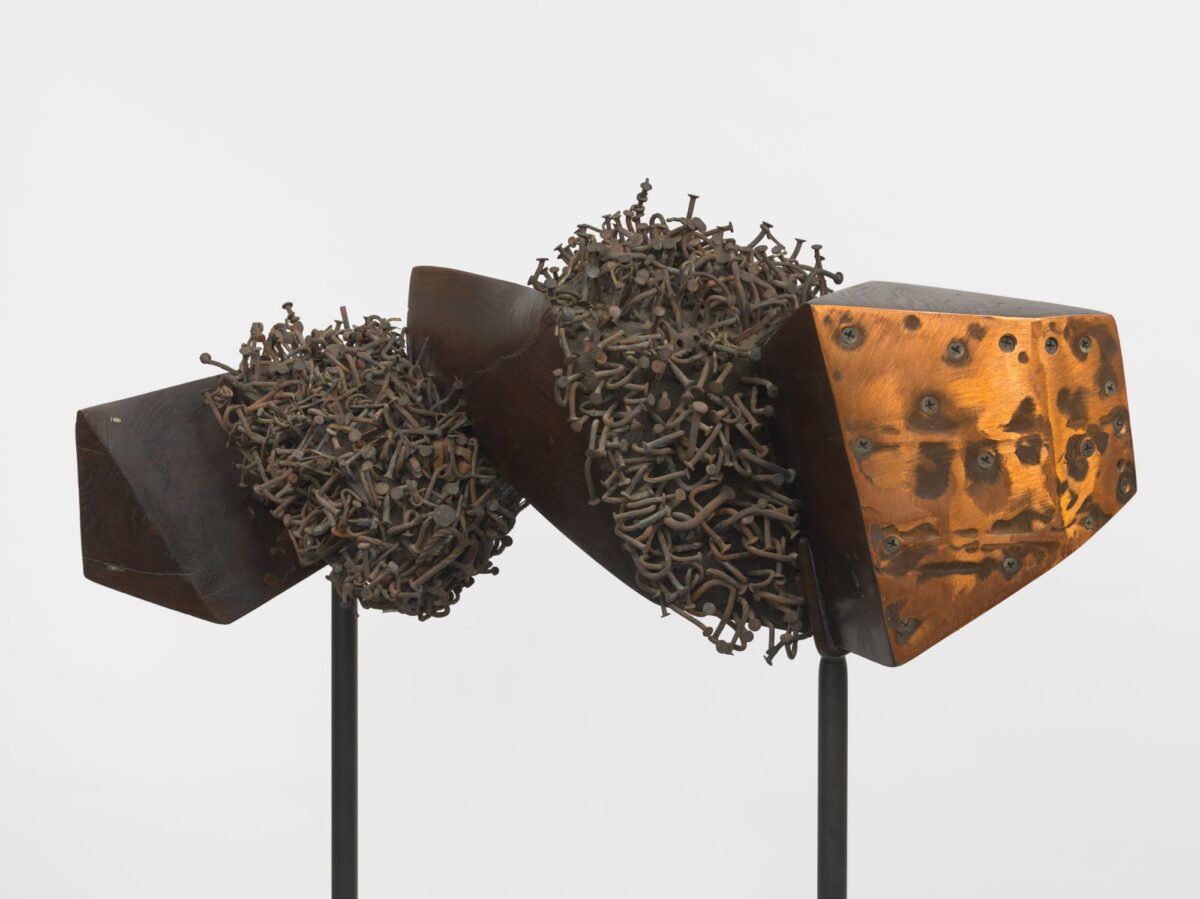
Jack Whitten’s art is visionary, even prophetic, he connected painting to photography, sculpture, printmaking, music, and new technologies. He created monumental works that confront watershed moments in history, from the Civil Rights movement to the discovery of new galaxies. Whitten defied traditional boundaries between abstraction and representation, race and nation, culture and technology, individual identity and global history. He made art matter in a world in turmoil.
said Michelle Kuo.
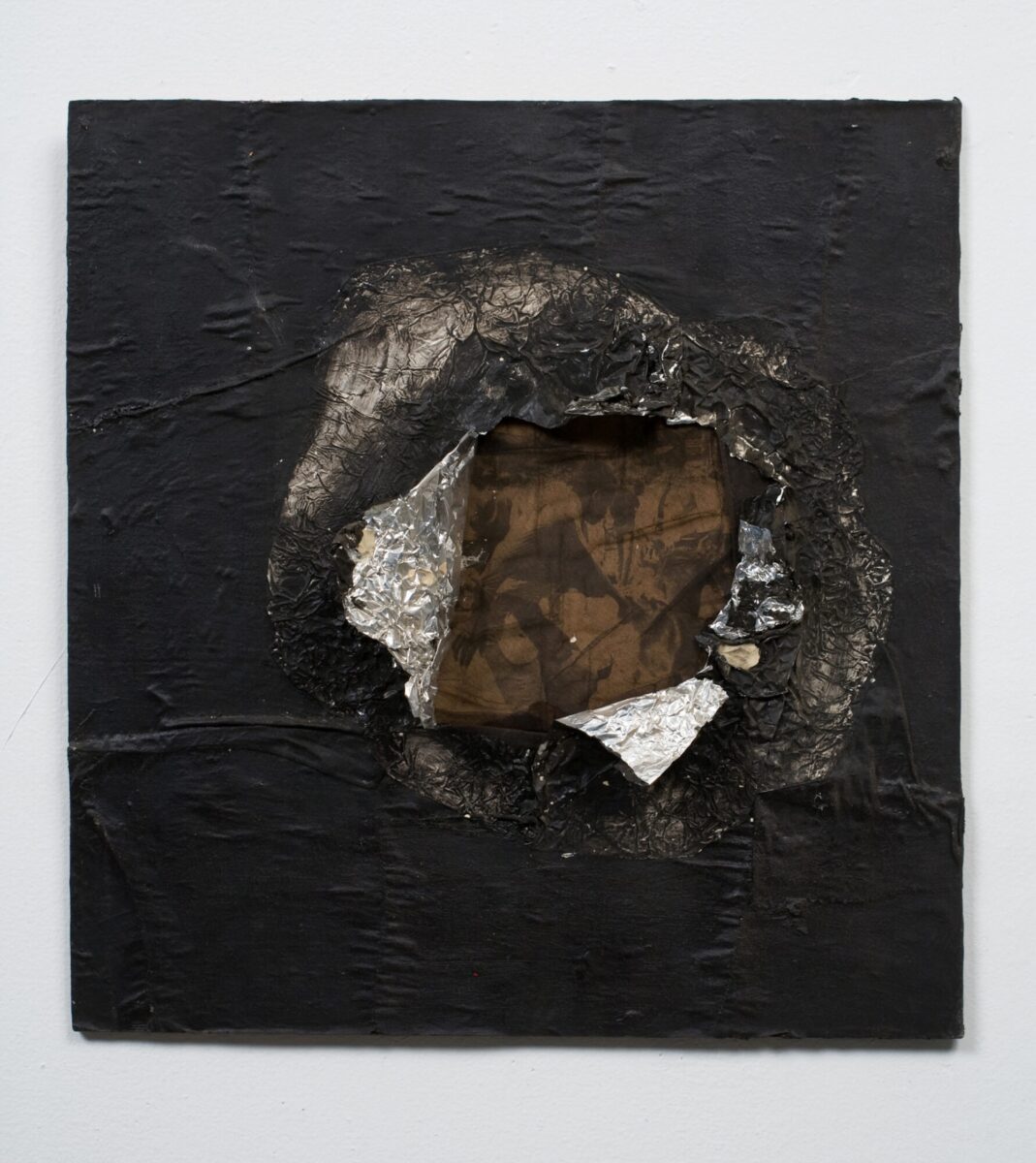
Born in Bessemer, Alabama, Whitten came of age in the segregated US South. He attended the Tuskegee Institute as an Air Force ROTC cadet to study medicine but left after two years to explore art. Following a short period at Southern University in Baton Rouge, Louisiana, where he participated in the Civil Rights movement, Whitten moved to New York in 1960 to attend the Cooper Union for the Advancement of Science and Art. Resolved to become an artist, he began developing innovative techniques, many of which were the first of their kind. The exhibition will begin with drawings and paintings from this formative period, including Birmingham 1964 (1964), which Whitten made in response to the bombing of the 16th Street Baptist Church in Birmingham, Alabama in 1963. Composed of punctured metal foil layered over a sheer stocking and a newsprint photograph of a Civil Rights protester being attacked by a police officer, the collage is like a wound, emblematic of Whitten’s distinctive fusion of searing social commentary and material experimentation.

A selection of Whitten’s breakthrough paintings from the 1970s, including Siberian Salt Grinder (1974) (which is in MoMA’s collection), will be presented in the exhibition. These works were made by laying down heavy slabs of acrylic paint on canvas on his studio floor. The artist then used tools of his own devising, including Afro combs, rakes, and large neoprene squeegees, to pull layers of paint across the canvas in a sweeping movement— creating a luminous, quasi-photographic blur. Following an artist’s residency at the Xerox Corporation in 1974, Whitten began experimenting with photocopier toner, applying the chemical pigment directly to paper with a flat scraper blade and then setting it with a heat lamp. The resulting surreal, black-and-white registrations inspired three works in the Museum’s collection—Broken Spaces #1, #5 (1974), and Liquid Space I (1976), all on view in the exhibition—that resemble technological images despite having been made entirely by hand.
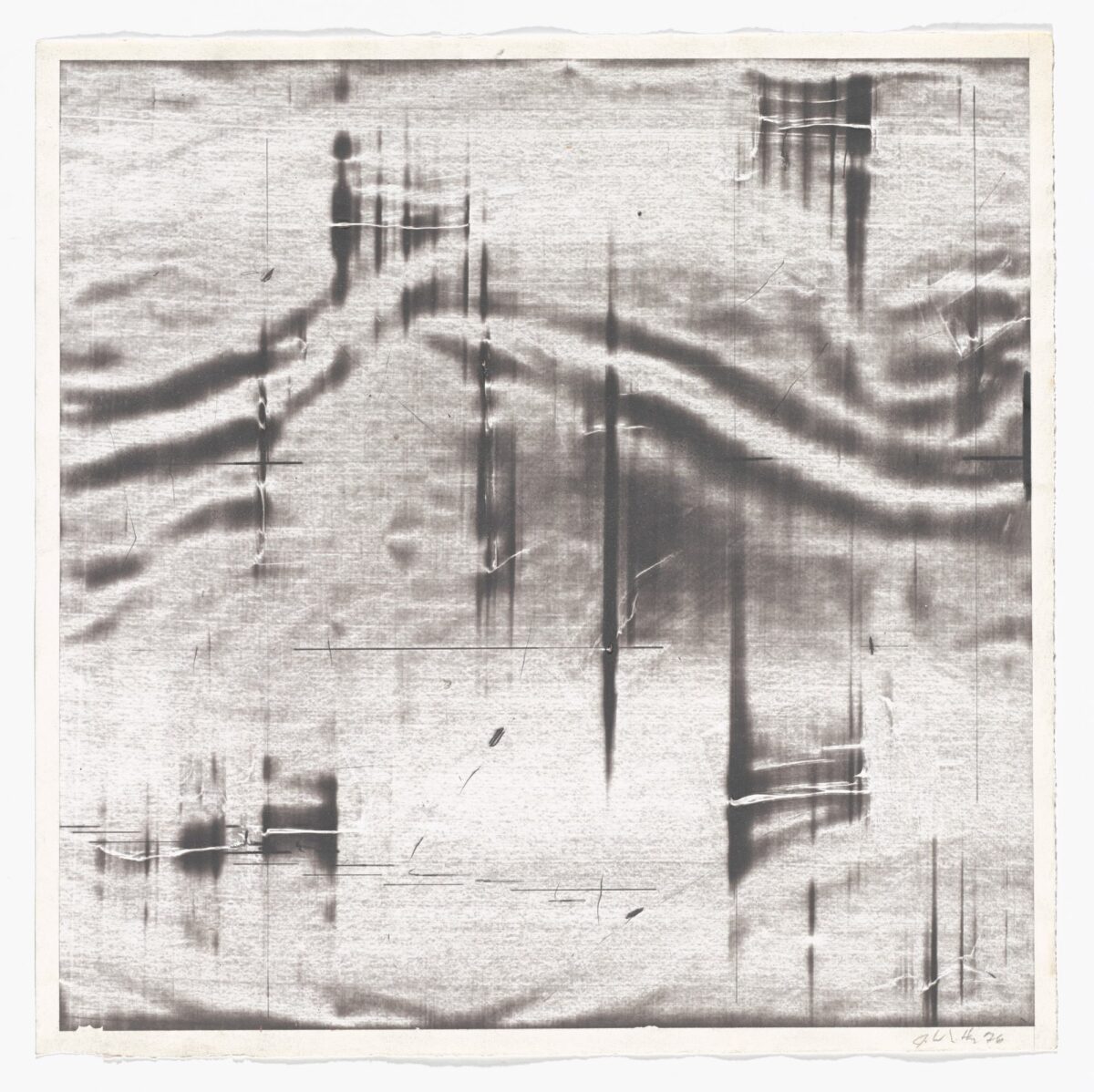
In the 1990s, Whitten created yet another novel approach to art-making by cutting hardened sheets of acrylic paint into thousands of mosaic tiles, creating richly textured, kaleidoscopic paintings. The exhibition will present major examples from this series, many of which serve as memorials to artists, musicians, and leaders in the 20th century, from Willem de Kooning to Malcolm X. These monumental works will be shown with a number of Whitten’s sculptures, made beginning in the mid-1960s in New York and during summers spent in Crete, Greece, throughout his life. Consisting of carved wood in combination with materials such as bone, glass, circuit boards, and fishing line, the intricate constructions were inspired by the arts of Africa and the ancient Mediterranean. By presenting Whitten’s paintings in parallel with his freestanding sculptures and works on paper, the exhibition will foreground processes and ideas that run throughout Whitten’s wide array of styles—what the artist called “the search for Soul.”

Jack Whitten: The Messenger, March 23rd – August 2nd, 2025, MoMA
The exhibition will be accompanied by a richly illustrated catalogue featuring more than 200 artworks from 1964 to the present, presenting new art-historical scholarship and technical conservation analysis by a range of leading authors and artists, including Michelle Kuo, George Lewis, Glenn Ligon, Anna Deavere Smith, and Julie Mehretu, as well as newly available archival materials from the Whitten estate and key writings and acclaimed essays by Whitten himself.
Leadership support for the exhibition is provided by the Jon Stryker Endowment, the Leontine S. and Cornell G. Ebers Endowment Fund, The Black Arts Council of The Museum of Modern Art, and Agnes Gund through The Black Arts Council of The Museum of Modern Art.
Major funding is provided by the Eyal and Marilyn Ofer Family Foundation. Additional support is provided by an Anonymous donor and by Scott and Margot Ziegler.

